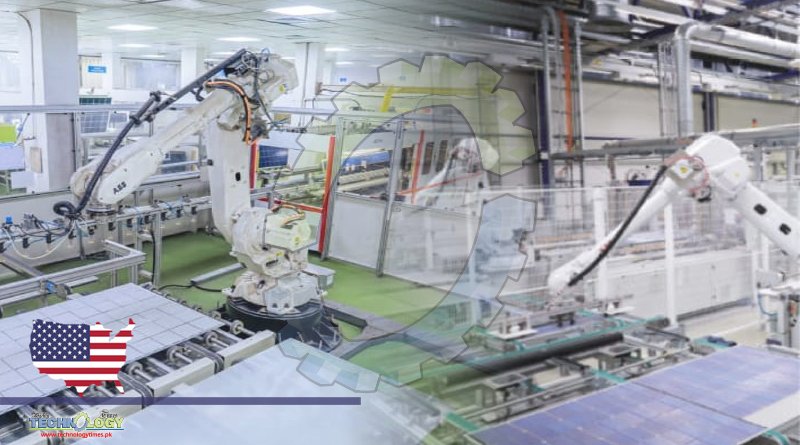Three major drivers forces are driving solar adoption today: the economics of energy, the energy crisis driven by the war in Ukraine, and a growing global focus on green and net zero initiatives. What matters is that these three drivers change the dynamics of investment.

There is a growing body of capital looking to align with low-carbon, net-zero initiatives. Yet as the debate rages about operational versus overall sustainability, what is the future of solar for ESG finance? This August saw ratings giant Moody’s predict that the issue of green, social, sustainability, and sustainability linked (GSSS) bonds will reach $1 trillion in 2022. Bloomberg Intelligence has predicted that global ESG assets are on track to exceed $53 trillion by 2025, representing more than a third of all assets under management. When a third of the world’s investments are ESG, or Environmental, Social, and Governance, that’s no longer a trend but a transformation.For companies that create a product that is already aligned with that direction of travel, such as solar creating a product for low carbon power generation, that seems a perfect match. What we’re beginning to see, however, is a shift towards where operational sustainability is becoming a must have, no matter the product. Three major drivers, As Mia d’Adhemar, Head of GRI Sector Standards puts it, “the foundation of sustainability reporting is for an organization to be transparent about its impacts on the economy, environment, and people.
Three major drivers, These impacts can be negative or positive, short term or long term, intended or unintended, and reversible or irreversible.” Under the EU’s proposed sustainability reporting guidelines, for example, the impact of the business on the wider economy, environment, and society must be explored and reports must be made on “potential adverse impacts” of the business. While the final shape of the guidelines has yet to be agreed, this will require sustainability reporting for any company wishing to access funding under the EU Taxonomy framework for sustainable activities. That is going to channel significant funding and means that operational sustainability will become as important as products. ent Halliburton, president and COO of bitcoin-mining platform Sazmining, points out the role of solar in helping other companies achieve their ESG criteria and net zero goals: “We can see this if we look at the growth in solar bond purchases from investment firms. From January to March 2022, we’ve already seen sales of about $2 billion worth of solar bonds, doubling the amount sold during the same period in 2020 and 2019.”
Source: This news is originally published by pv-magazine-usa
